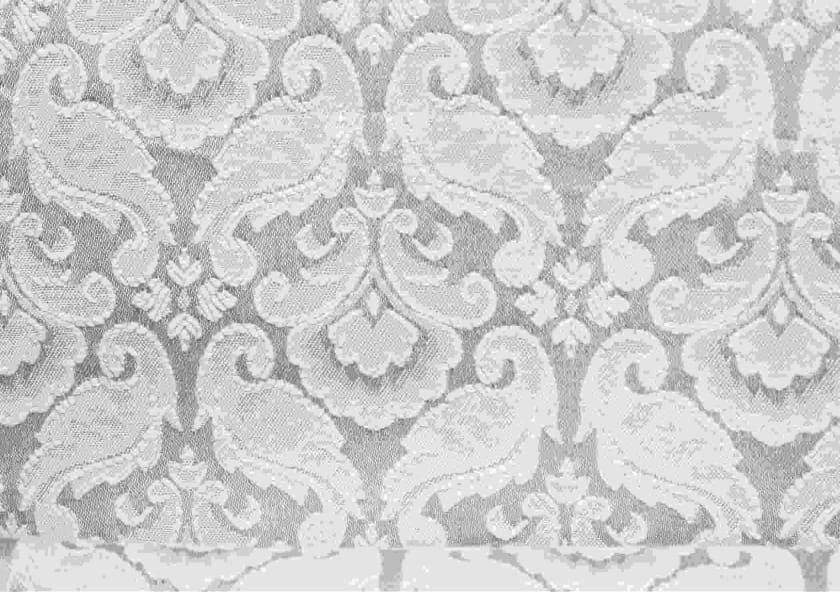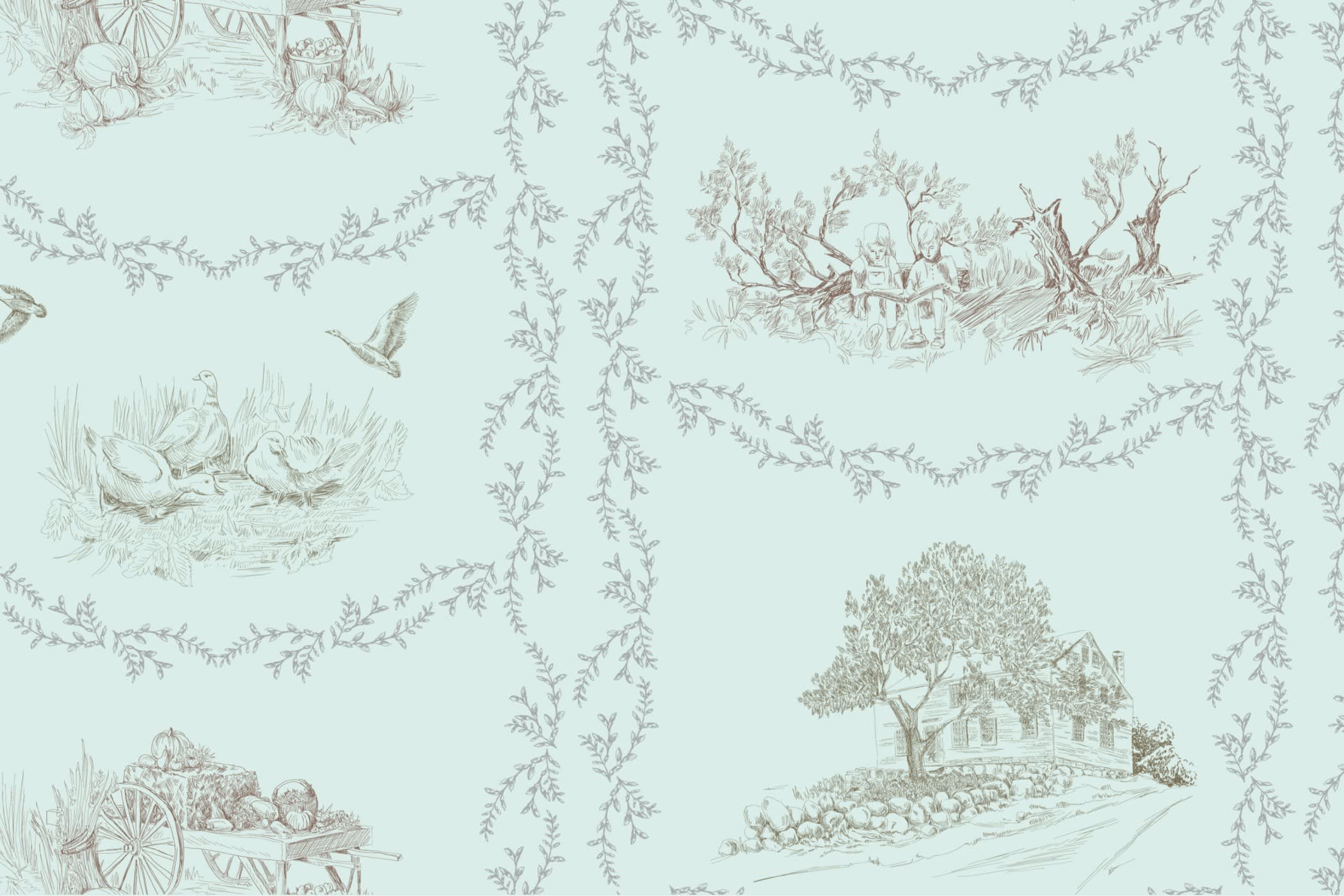Jacquard fabric : A guide to its Origin and Types



| Fabric | Jacquard |
| Types | Brocade, Brocatelle, Damask, Matelassé, Cotton Jacquard, Silk Jacquard, Woollen Jacquard, etc. |
| Major Producer | China |
| Used For | Dresses, suit jackets, trousers, costumes, formalwear, ties, ribbons, duvet covers, upholstery, drapes, curtains, tablecloths, tapestries, coverlets, pillow shams |
| Thread Count | 100-300 |
| Breathability | Depends on the fabric used |
Jacquard fabric is woven on a Jacquard loom. The machine was invented by Joseph Marie Jacquard, a French textile artisan in 1804. Jacquard fabric features an intricate pattern woven into a warp in the Jacquard loom. It is a textured fabric with complex patterns. The term jacquard is often used interchangeably with brocade or damask as these fabrics are very closely related to each other.
Short Information about Jacquard
Jacquard can be created from any fabric material since Jacquard is the name of the weaving. Any fabric woven in the Jacquard loom is called Jacquard fabric. Silk and cotton are widely used for making Jacquard fabrics for high end traditional fashions. Nowadays, modern designers are much inclined to use linen and cotton blends. The Jacquard looms have evolved drastically over the years. Now we have computerized Jacquard looms with lesser human inputs and greater cost efficiency. The pattern on the fabric is not embroidered or printed, but is woven directly into the fabric. Jacquard fabric in recent times is mostly used for ornamental purposes as in upholstery.

The story of Jacquard fabric
The weaving of Jacquard fabric before the invention of the Jacquard loom was time consuming hence the fabric was very expensive. Traditionally they would use ‘draw boy’ around the 1700s. Draw boys were children who were required to work six to eight hours a day, lifting half their body weights at times. It was after Joseph Marie Jacquard that Jacquard loom reduced the workload. Jacquard fabric is one of the earliest examples of machine operated fabric that employed punch card techniques.
Why is Jacquard a unique fabric?
The history of Jacquard along with its association of high end fashion made it a rich fabric. The Jacquard fabric is mostly prized as an ornamental fabric. The fabric is soft and breathable. Silk Jacquard can be sheer or translucent. The fabric is heavyweight and durable. Jacquard fabric has a soft feel. The moisture wicking ability depends on the kind of fabric used. Generally cotton Jacquard is very comfortable and breathable followed by the silk variant. Blended Jacquard is very popular now. The draping ability of Jacquard fabric is wonderful.
Applications of Jacquard in the fashion industry
Jacquard can be used both for apparel and non apparel purposes. Dresses, suit jackets, trousers, costumes, formalwear, ties, ribbons, duvet covers, upholstery, drapes, curtains, tablecloths, tapestries, coverlets, pillow shams.
When is it ideal to launch Jacquard brands?
Most of the Jacquard attires are popular summer or spring wear. Cotton Jacquard can be worn all year round.
Countries well known for Jacquard fabric production
China is the biggest producer of silk and cotton Jacquard. India however provides the cotton raw material as it is the biggest exporter of cotton fiber. Australia offers the wool. China leads in manufacturing the finished product due to its huge technical advancement.
Types of Jacquard Fabric
Brocade is one of the most commonly woven jacquard fabrics. Originally woven with silk, textile producers now offer synthetic, cotton, and even wool brocade fabric. Brocatelle can only be produced using a Jacquard loom and is usually heavier and more durable than brocade. Damask is significantly easier to weave than brocade, it’s still faster and more efficient to produce damask using a Jacquard loom. Matelassé is used to make coverlets and pillow shams. Besides this there are varieties based on the fabric used like Cotton Jacquard, Silk Jacquard, Woolen Jacquard, etc.
Environmental Impact
Jacquard fabric has no negative economic impact when made from natural fibers like silk, cotton or wool. These are all biodegradable in nature. No involvement of toxins is there in the process of production. Moreover the fabric is the product of its weaving process. Woolen Jacquard may have some disadvantages since sheeps, grazing on pastures may lead to soil erosion. But overall, Jacquard fabric is mostly eco friendly. Wool jacquard is eligible for Woolmark certification, while Silk Mark certifies silk Jacquard . Jacquard made using American-cultivated pima cotton may be eligible for Supima certification. The Global Recycled Standar (GRS) certifies synthetic textile fabric if the product uses recycled materials.
Conclusion
Looking for sustainable fabrics to create your new collection? Fashinza, a technology-driven company, is known to provide all kinds of manufacturing support, from procuring supplies to delivering the goods. To know more about how Fashinza can fulfill your sourcing needs, head to Fashinza's website and get it touch with your team.



















